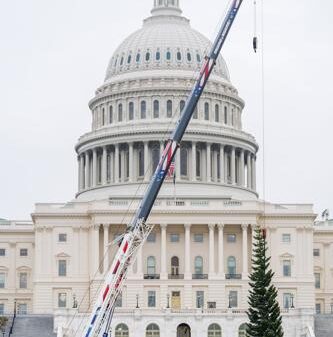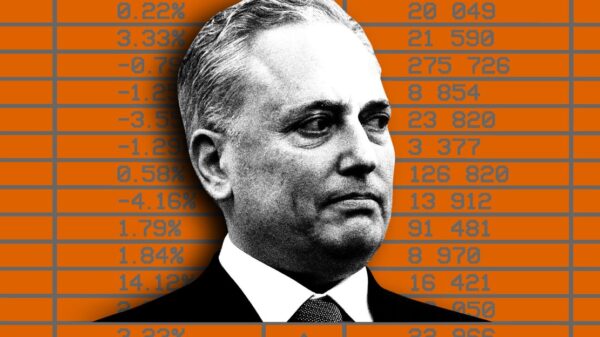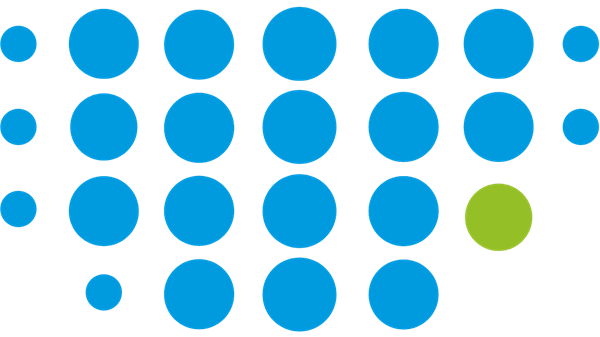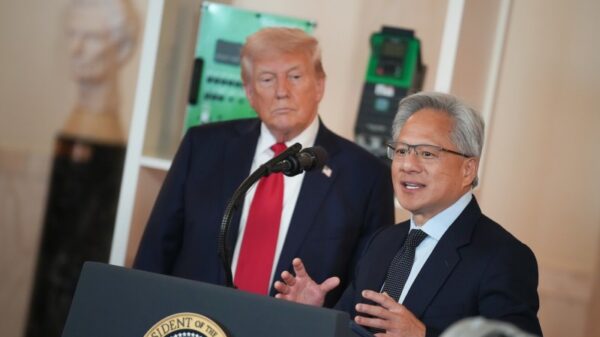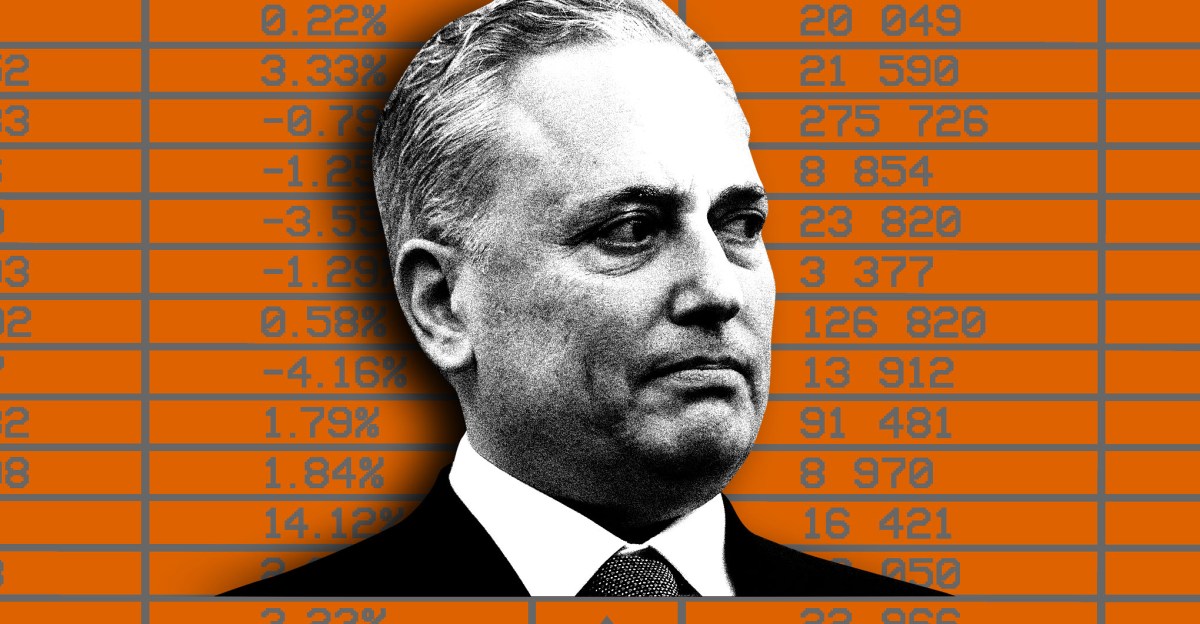A proposed executive order from the White House aimed at centralizing artificial intelligence (AI) regulation has ignited significant backlash across the political spectrum. The draft, which was expected to be signed on March 15, 2024, would have preempted state laws on AI, transferring regulatory authority to the federal government. The order was set to hand considerable power to David Sacks, a tech entrepreneur and Special Advisor for AI and Crypto, raising concerns about the implications for state sovereignty and ongoing political tensions.
As the news of the draft leaked, it triggered intense scrutiny from lawyers and policymakers. Critics noted that the proposals appeared politically unrealistic and potentially overreaching. Furthermore, it outlined a timeline for federal agencies to take action against states that enacted their own AI regulations. The Department of Justice was tasked with forming a legal task force within 30 days to initiate lawsuits against non-compliant states, with the Department of Commerce and Federal Trade Commission also involved in assessing penalties.
Political Reactions and Implications
The reaction within the political landscape was immediate and fierce. Prominent figures such as Steve Bannon voiced their opposition, with Bannon leveraging his platform to criticize the draft. In Congress, Democrats publicly denounced the move, while some Republican factions expressed their unease, particularly among those wary of federal encroachment on state rights.
The draft order’s potential to concentrate power within the White House alarmed many stakeholders. According to Charlie Bullock, a senior research fellow at the Institute for Law and AI, the most effective outcome of such an order would likely be a chilling effect on state legislation, potentially deterring states from pursuing their own AI policies.
The proposed order also included provisions that would allow the federal government to withdraw federal funding from states in violation of the directive. This could involve a wide range of funding, including educational grants and infrastructure support, creating a strong incentive for states to comply. Even if states managed to contest these actions in court, the delays involved could dissuade them from pursuing independent legislation.
Internal Conflicts and Broader Context
The internal dynamics at play within the White House added another layer of complexity. Sacks, viewed as one of President Donald Trump’s closest allies in the tech industry, faces opposition not only from Democrats but also from factions within the Republican Party that are skeptical of big technology. These tensions have fostered an unusual alliance between progressive and conservative factions seeking to regulate technology more stringently.
The draft order marked a stark departure from the AI strategy laid out by President Joe Biden in 2023, which had empowered a diverse array of agencies, including the National Institute of Standards and Technology (NIST) and the Office of Science and Technology Policy (OSTP), to develop comprehensive AI policies. The absence of these agencies from the proposed order indicated a significant shift in approach, raising questions about the future of AI governance in the United States.
Despite the backlash, the Trump administration’s efforts to assert control over AI regulation reflect an ongoing struggle between federal and state authorities in an increasingly complex technological landscape. The proposed changes illustrated the potential for significant disruption in the regulatory environment, with far-reaching implications for the tech industry and state governments alike.
As the political fallout continues, the White House ultimately decided against signing the controversial order. Instead, a less contentious AI-related initiative focused on enhancing collaborations with national laboratories was unveiled, which did not carry the same regulatory weight as the initially proposed executive order. This shift suggests a recognition of the contentious political climate and the need for a more measured approach to AI policy moving forward.





